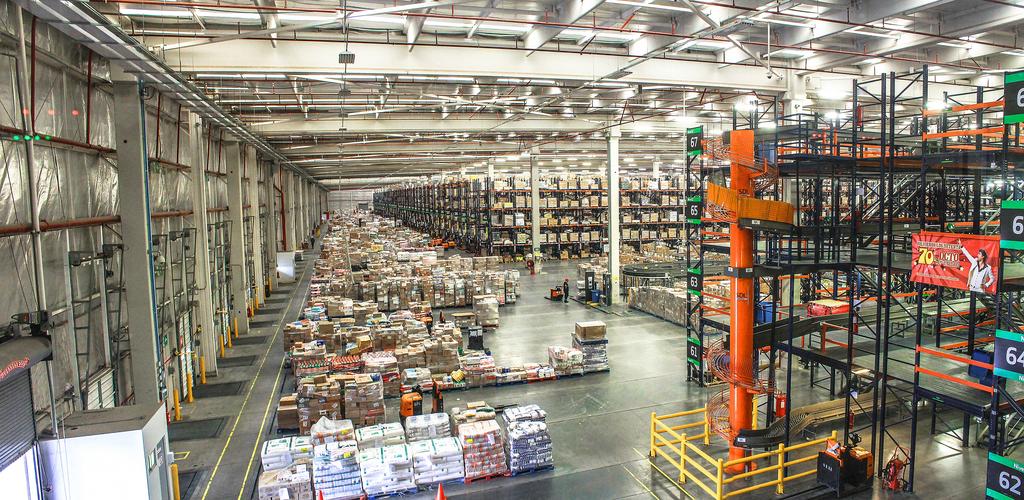Crisis Management in the Distribution Industry
 Posted On
Posted On
“You never want a serious crisis to go to waste. And what I mean by that is an opportunity to do things you think you could not do before.” This was a philosophy voiced by former White House Chief of Staff Rahm Emanual in an Interview to the Wall Street Journal on November 19, 2008. While the underlying motivation was different in that context, the principle itself has applications to the current economic situation in which distributors find themselves.
The disruption in supply chains caused by the COVID-19 crisis is causing stress for both distributors and manufacturers in wide swaths of the economy. The US economy has been through recessions before, but those were largely the result of blunders and bad policies. This time it is different. Large sections of the economy have been intentionally shuttered by the government in efforts to mitigate the pandemic and flatten the curve of the virus spread. This situation demands different responses by businesses in their business planning and modeling.
As in prior downturns, survival becomes the preeminent goal of businesses. Now is the time to focus on short term actions which can help prevent liquidity issues from becoming liquidations. Long term strategic planning, while important, now takes a back seat to immediate action. Cost cutting by distributors is a necessity, but with it comes challenges. Even in good times, the goals of distributors and manufacturers are often at cross purposes. These differences are exacerbated when the disruptions are as wide-spread as is now the case.
Many distributors react to downturns by putting a focus on volume regardless of profitability. This echoes the old joke that says “I’ll sell for a loss and make it up on volume”. This philosophy is often the result of pressure placed on distributors by their suppliers. Manufacturers need volume to reduce their per part costs and thus generate profits. This is a different motivation than that of distributors which is to reduce costs by maximizing margins. In normal times, distributors succumb to the supplier demands of maintaining volume because of threats by the supplier to move products to one of a distributor’s competitors. The current state of affairs is radically different than “normal” times. In the industries hardest hit by our government’s coronavirus mitigation decisions, everyone is affected. These sales declines are not the result of an individual distributor’s poor performance. All competitors in a common channel are in the same boat. The distributor needs to understand this fact and make use of the crisis to improve.
President Trump has likened the current pandemic to being in a war. In wartime, rationing of resources is common and seen as a patriotic duty. To survive, businesses also need to take on a similar attitude and ration their resources to remain solvent. The manner in with companies reacted to the global recession of the late 1970’s and early 1980’s is instructive. The recessions of then and now are of different origins, scope and will likely have different durations. I recall the massive open-ended layoffs and slashing of inventories of that era which were driven by the Federal Reserve’s tight monetary policy as an attempt to quell runaway inflation. While many of the socio-political results are the same, I hesitate to confuse today’s downturn with a traditional recession as it is the result of a planned economic disruption. The underlying economy of the USA today is sound and businesses’ should not react the same way that they did then.
The future in the 1980’s appeared dismal and the long term draconian measures taken were prudent. Unlike then, the current economic disruption being driven by the COVID-19 pandemic is likely to be transitory. Yes, cuts need to be made in the short term to stay in business, but there is good reason for optimism that a significant rebound will occur in the not-too-distant future. So … what should a distributor do?
Limited resources demand the prudent application of these resources. After the implementation of hard, cost cutting decisions made by distributors during their “Night of the Long Knives”, how does a distributor know how best to deploy their now limited resources? Not all customers are equal. Distributors know this, but pressure from manufacturers for volume often mutes this reality. In fact, some customers actually decrease a distributor’s profitability. A manufacturer’s leverage is reduced when all their distributors are in the same boat. This becomes a good opportunity for distributors to refocus their priorities.
One of the tools at the distributor’s disposal is the “Operating Profit Contribution Report”. This report uses the information stored in the business system to organize customers by the amount of operating profit that they contribute to the distributor’s business. It computes all the activity costs needed to support a customer and factors in the margin these customers return. This produces a ranking of customer by operating profit. This will help to prioritize deployment of limited resources.
This methodology is not intended to get rid of any customer. Rather, this report will allow you to give proper attention to those customers that are actually getting you through the downturn. It can also assist in determining inventory levels when cash flow becomes strapped.
We have every reason to be optimistic. The underlying US economy is sound and that it will rebound once the pandemic abates … and it will. Use this crisis wisely to learn which customers are driving your profits and give them the lion’s share of your attention now. It will also provide your sellers with a list of customers who need further development when the upturn arrives.
GJD

